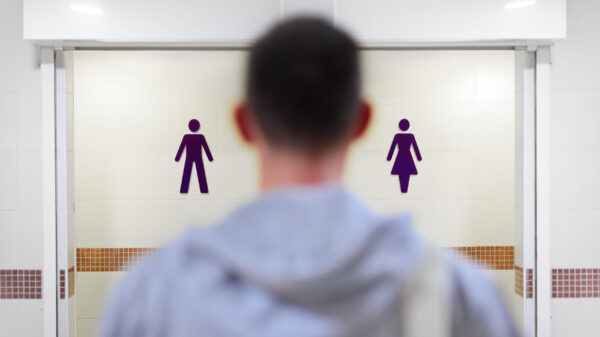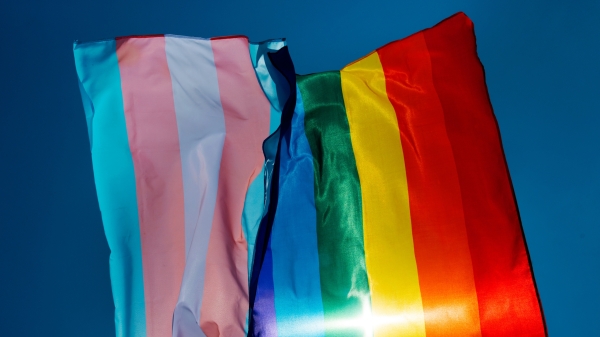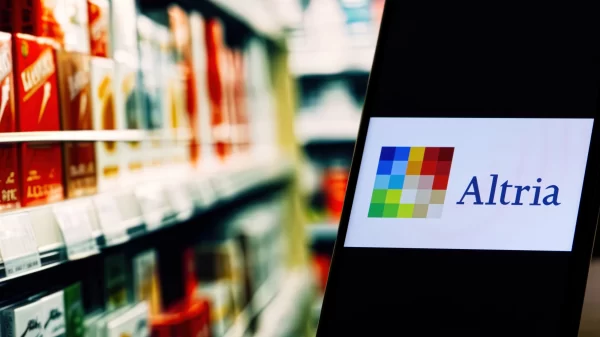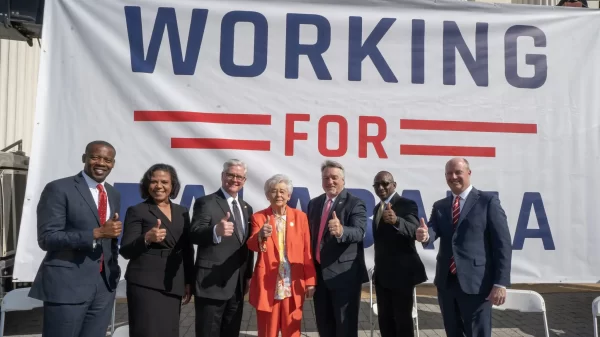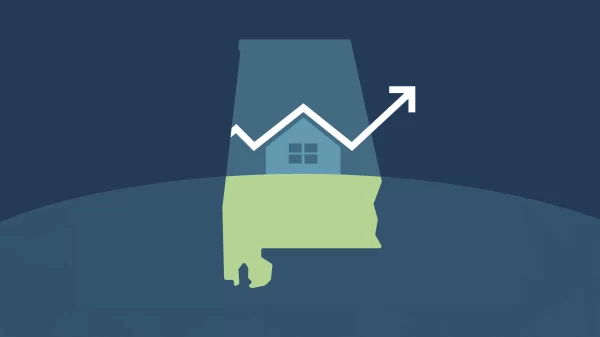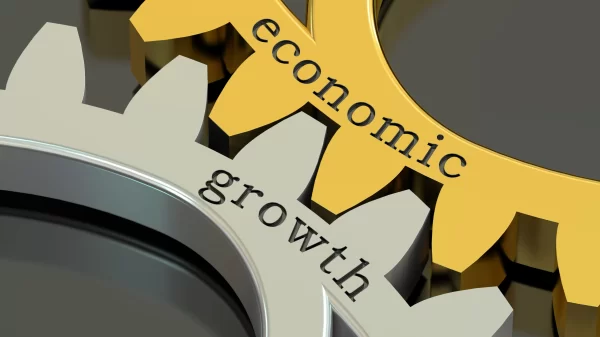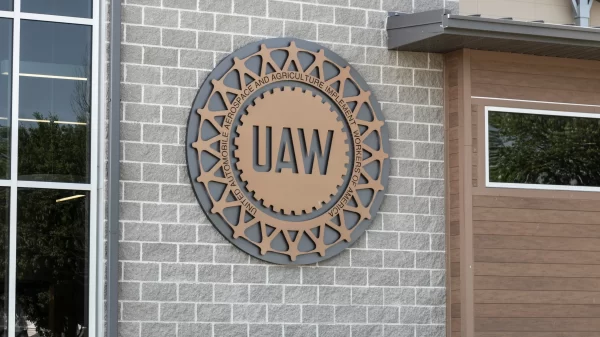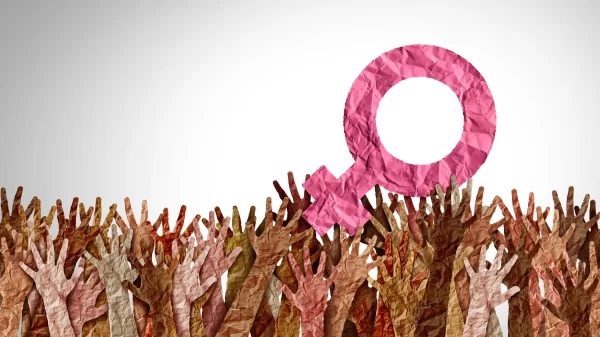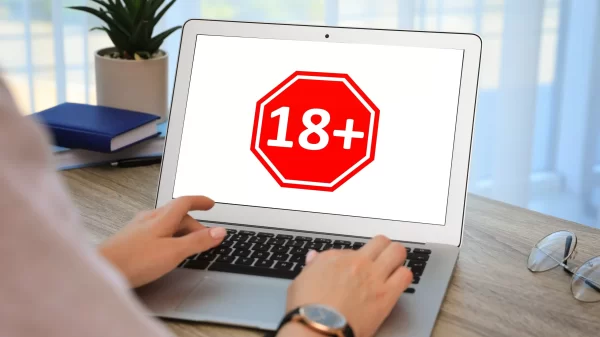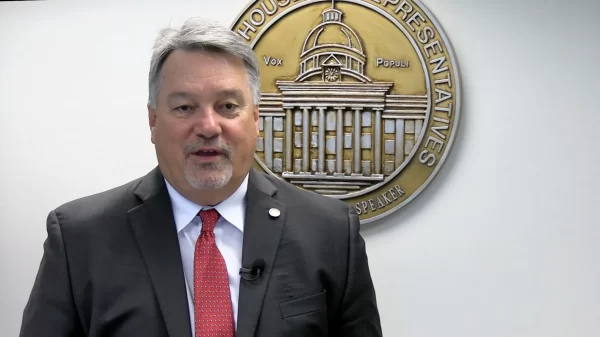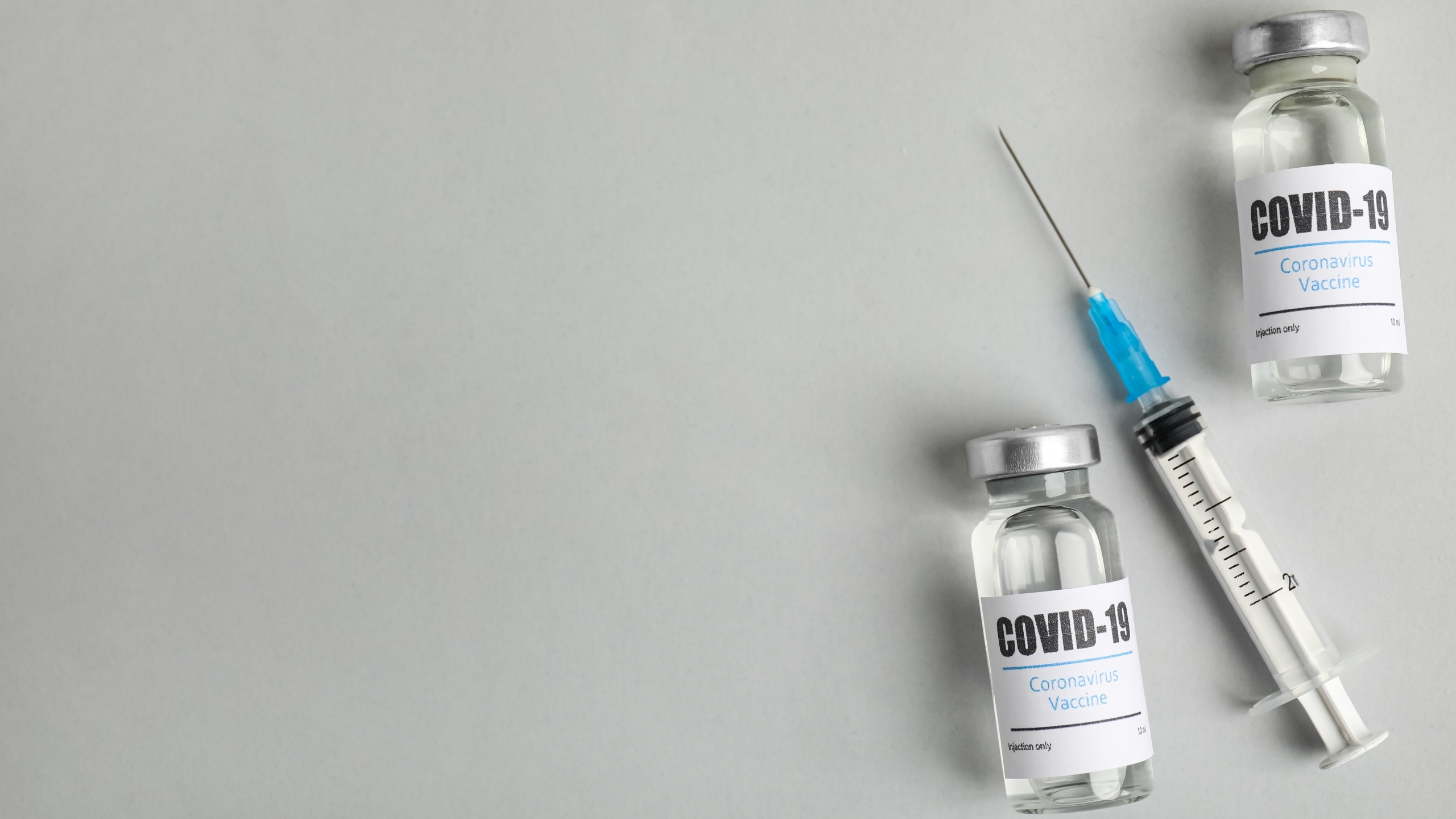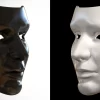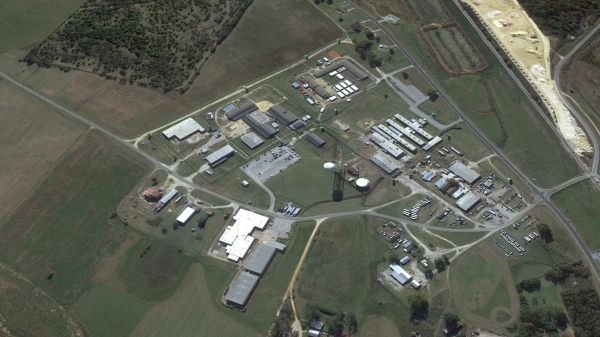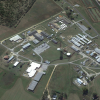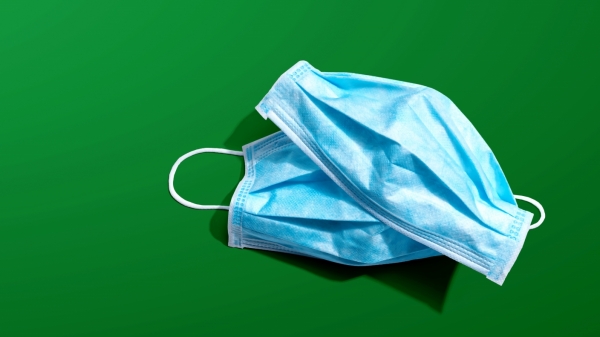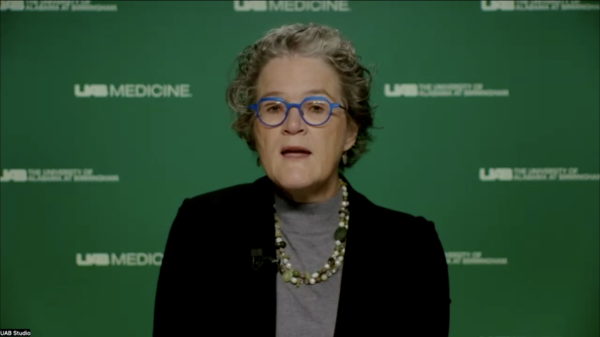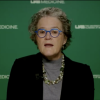Normal vaccine development takes about four years before a shot can safely be made available to the public, so several for COVID-19 appearing less than a year after most Americans first heard of the virus have a lot of people wondering if corners were cut.
What happened after the pandemic started is only part of the story. Researchers had already been doing work for years that got them most of the way there, according to Moon Nahm, a senior scientist of immunology and immunotherapies at the University of Alabama at Birmingham. Nahm told the whole story in a post UAB published Tuesday.
It goes back to 1985, when a scientist named Katalin Karikó moved from Hungary to the U.S. with an ambition to learn how to use messenger RNA, the molecules that activate DNA instructions, to create any protein found in living organisms.
Her experiments didn’t have much success until she partnered with a researcher at the University of Pennsylvania, Drew Weissman, who wanted to use mRNA to develop an HIV vaccine. They had a breakthrough when they figured out that in addition to the four nucleotides mRNAs use to construct their blueprints, they also use some modified nucleotides. Karikó and Weissman added these to their mRNAs, which then began producing proteins without negative side effects.
The scientists started publishing their findings and continued their work. They were working on a vaccine for influenza last year when the novel coronavirus was identified. Moderna and Pfizer, partnered with the German company BioNTech, had seen potential in their mRNA technology and had brought it into their labs.
Pfizer/BioNTech had ramped up their efforts to develop an influenza vaccine in 2018. When the coronavirus appeared two years later, they and Moderna pivoted to that instead. The challenge was to find mRNA combinations that would produce proteins that would be effective against COVID-19. Researchers had insights from what was learned about the 2003 SARS virus, which was similar to COVID.
The companies got the boost they needed because researchers at the National Institutes of Health had also been working on vaccines for HIV and influenza. Federal funds had been driving this research for decades because public officials and scientists were worried about another pandemic like the one in 1918.
Their efforts paid off. In pursuit of an HIV vaccine, NIH researchers created an algorithm that could predict molecular structures that would work in vaccines. They used it to develop a vaccine against a common virus that infects the respiratory tract and causes mild cold-like symptoms. They used that knowledge to identify a molecular structure that could protect against COVID-19.
The next boost came from tens of thousands of volunteers who were willing to be test subjects. After so many years of vaccine research, NIH has a large network of researchers and medical professionals trained and experienced in vaccine trials. That network recruited the many volunteers who received the vaccine candidates. They got far less sick and were less contagious after being exposed to the virus.
At the same time, money from the U.S. government was speeding things up. Pharmaceutical companies normally wait for a treatment to be proved effective before they start investing in the high-tech physical infrastructure needed to produce a new medicine. Federal dollars were provided to get that moving and to advance purchase millions of doses.
The trial volunteers, which now number in the hundreds of thousands from around the world, provided a vast set of data that showed the two mRNA vaccines to have high rates of efficacy and statistically few instances of harmful side effects, striking the balance required for a treatment to get regulatory approval.
The volunteers are still being monitored for any signs of longterm problems and to see how long the vaccine’s immunity lasts.
Outside of that group, people who receive the vaccine can report possible side effects to the Vaccine Adverse Event Reporting System, although that database has been used by TV host Tucker Carlson and others to spread misleading information about deaths that have not been linked to vaccines, Science magazine reported.












